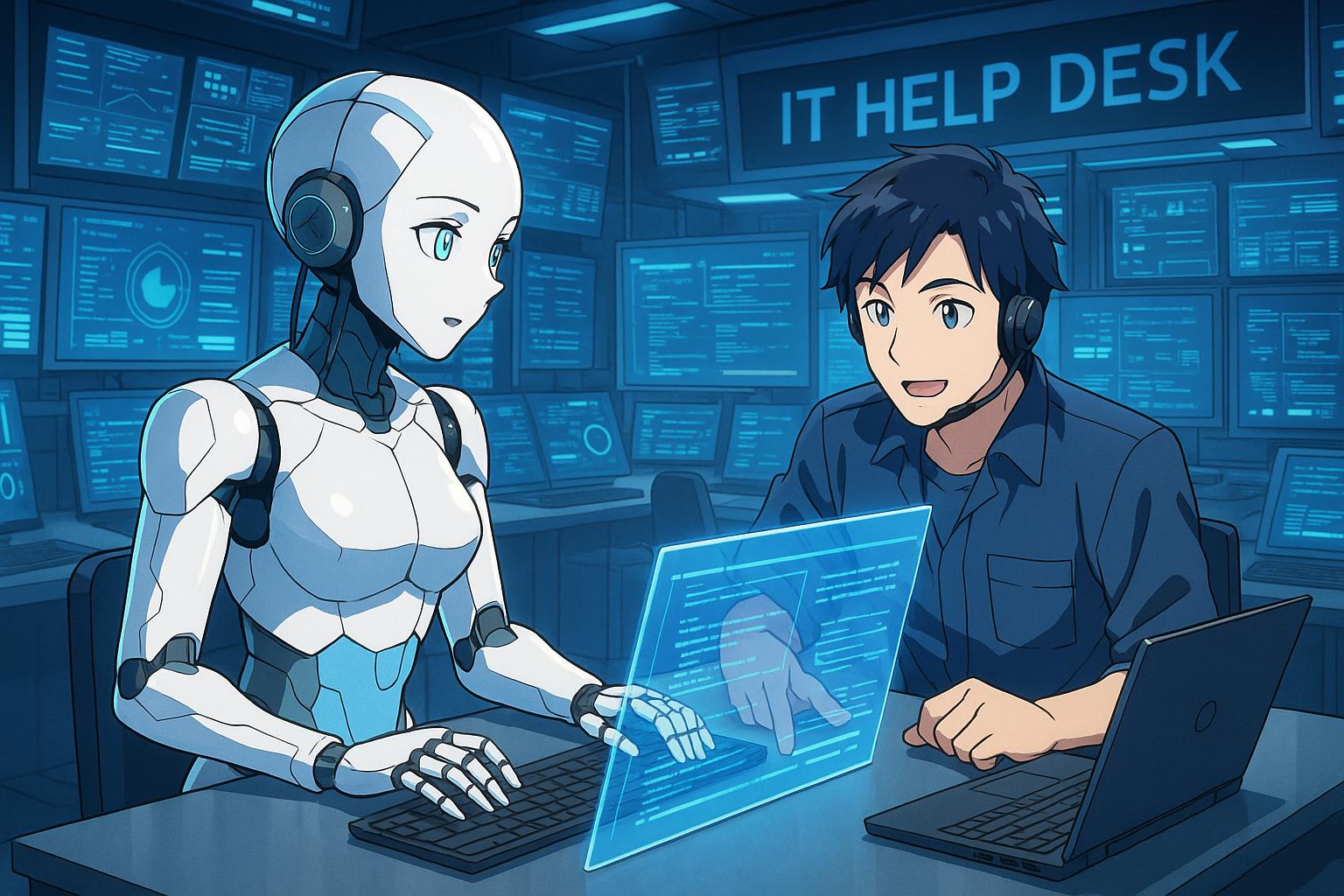The IT help desk is undergoing a fundamental transformation, moving away from its traditional model characterised by long queues of tickets and reactive troubleshooting. Today, the emergence of automation and artificial intelligence (AI) is reshaping how support is delivered, leading to a more dynamic and efficient operating framework. Intelligent systems are now handling a variety of tasks, ranging from basic troubleshooting to after-hours triage, significantly altering the landscape of IT support.
Despite the evolving nature of these tools, a report from JumpCloud’s Q1 2025 IT Trends indicates that 37% of IT professionals are concerned about the potential for AI to replace their roles. This anxiety is emblematic of a broader unease within the industry regarding the future of human employment in IT, particularly as AI and automation become integral to support infrastructures. In fact, a survey conducted by Nexthink reveals that an astonishing 80% of global IT workers anticipate that the current service desk model will be unrecognisable within three years, with some foreseeing complete redundancy by 2027.
The key advantage of AI lies in its ability to perform repetitive, rules-based tasks, making it ideally suited for common IT support functions such as password resets and ticket categorisation. These automation capabilities result in significant reductions in the time taken to resolve issues, enabling around-the-clock service that meets the ever-growing expectations of users seeking immediate support. However, as organisations integrate AI into their systems, a careful balance must be struck; users still expect a seamless transition to human agents when complex or sensitive issues arise.
The future of IT support is likely to centre around a hybrid model that combines the strengths of AI with the expertise of human professionals. AI tools can effectively manage initial support queries and categorise tickets according to urgency and complexity, while human agents handle more complicated matters requiring empathy or nuanced judgement. This approach not only maximises operational efficiency but also enhances user satisfaction when implemented thoughtfully, with clear escalation pathways and ongoing evaluation of AI systems to ensure their reliability.
As the automation of IT roles becomes increasingly commonplace, leaders within the industry must also address the human aspect of this transformation. Effective communication and reskilling initiatives are essential. It is crucial that support staff view AI as an opportunity, allowing them to shift focus to more strategic, rewarding tasks. Upskilling opportunities in AI operations, user experience optimisation, and advanced problem-solving are among the avenues that can help personnel adapt to these changes.
While AI is undoubtedly revolutionising IT support, it is vital to recognise that it will not entirely supplant the need for human oversight and interaction. As organisations strive for a balance between speed and empathy, it is likely that those who successfully integrate automation with human-centric service will emerge as leaders in resilience and responsiveness within the IT sector.
Organisations that wish to thrive in the age of intelligent automation must be prepared to embrace this hybrid approach while continuously refining strategies to support their human teams. As noted in various sources, the landscape of IT support is shifting, necessitating a new emphasis on proactive rather than reactive service by leveraging AI capabilities to enhance overall user experience and productivity.
📌 Reference Map:
- Paragraph 1 – [1], [2]
- Paragraph 2 – [1], [2], [5]
- Paragraph 3 – [3], [4], [5]
- Paragraph 4 – [1], [6]
- Paragraph 5 – [5], [7]
- Paragraph 6 – [3], [4], [6]
- Paragraph 7 – [1], [5]
Source: Noah Wire Services
